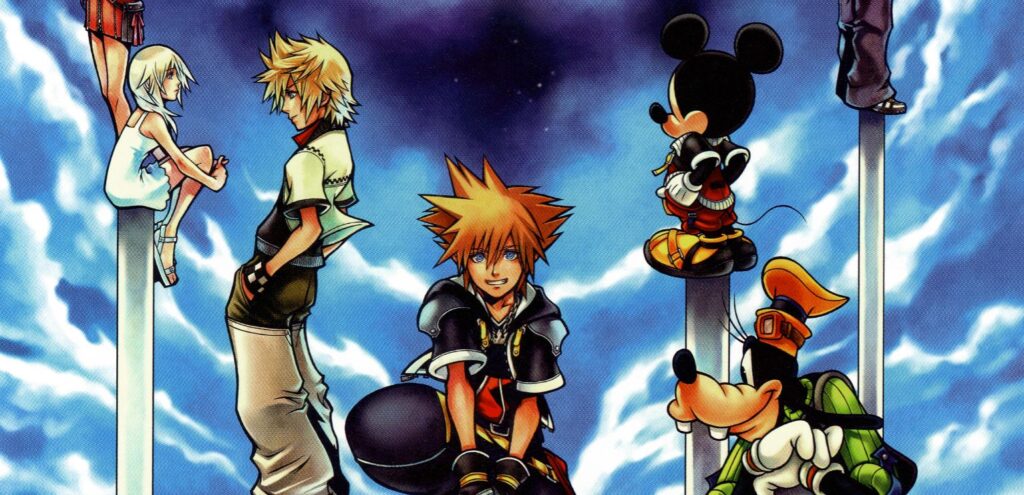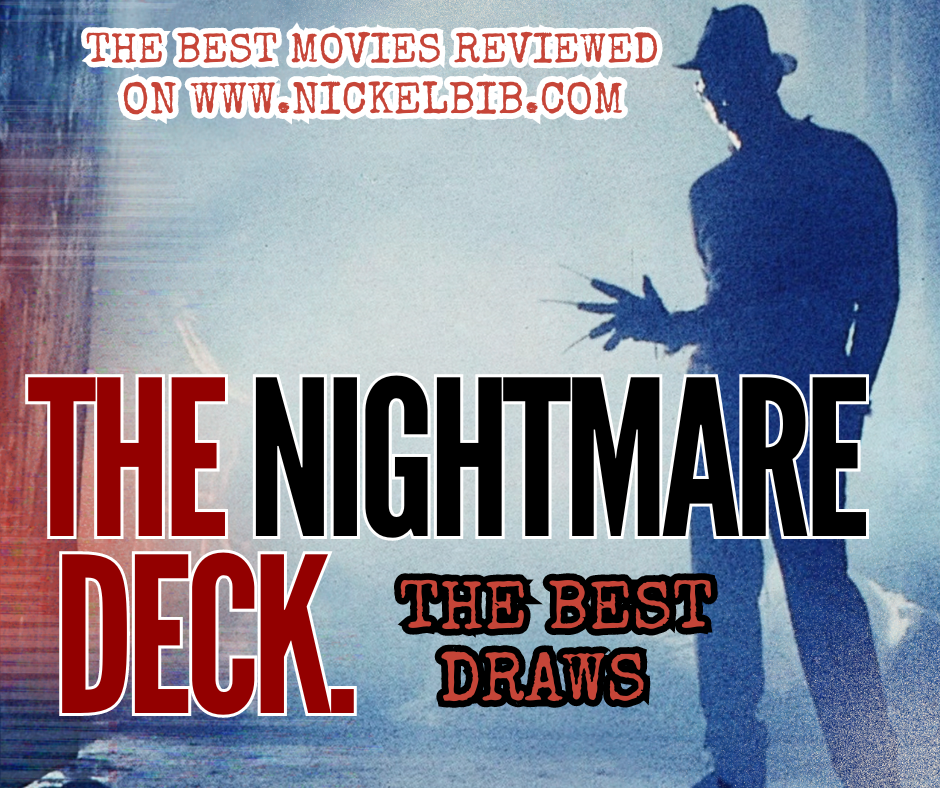I did a review of Sly Cooper and the Thievius Raccoonus all the way back in 2012 (rating it, roughly, a 7.8 out of 10.0).
Since then, the way I review videogames has evolved. I am more informed and experienced, and I’d like to think I am more thoughtful and considerate about what I write – it may not always to a higher score, but I hope it always comes across in everything that comes before that. I am a decade older than I was, and, for that reason, and in celebration of the series’ twentieth birthday, I have decided to pay it another visit and see how I feel about it.
Released in 2002 by Sucker Punch Productions, Sly Cooper and the Thievius Raccoonus is a platform stealth videogame that sees the player take the titular role of Sly Cooper, an aspiring thief from a prestigious raccoon family. He is accompanied by his friends Bentley the Turtle and Murray the Hippo, and tasked with reclaiming his family heirloon, the “Thievius Raccoonus,” a book with the accumulation of all of Sly’s ancestors’ strategies and lessons learned on the field. His character is a smooth-talking smart aleck with a heart of gold, making him right at home with many characters across the PlayStation library.
The Sly Cooper franchise was an integral part of the sixth generation, carrying the torch of mascot platforming alongside series’ like Ratchet & Clank and Jak & Daxter. When I first reviewed Sly Cooper way back when, I reviewed the original PlayStation 2 edition. This time, I played a remastered port from The Sly Collection, which included all three Sucker Punch titles, available on PS Now. The Sly Collection’s aesthetical improvements don’t reinvent the experience nor do they necessarily elevate it to the standard of early PlayStation 3 caliber, but they offer small touchups and improvements, and you can’t beat the convenience of not having to dust off your old console.
Either way, the aesthetic remains one of the most alluring aspects about the videogame. Although the time-gap from now to release is almost old enough to drink, a lot of Sly Cooper has aged pretty well. It won’t blow your hair back, but it won’t set you back as far as you think it will. That is one of the benefits of having hand-drawn, 2-D cutscenes is the way can holdup with their evergreen nature, and the slick cel-shaded (or Toon Shading as the developers called it) technique imposed on the gameplay’s visuals and the distinct sense of style mean the original Sly Cooper can still gleam.
Of course, not everything has aged remarkably well for our classic Sly-based adventure and his raccoon shenanigans.
When I first started moving around as Sly, I was so surprised with how at-home I felt with him. When I revisited Ratchet & Clank: Going Commando, one of my all-time favorite 3-D platformers, everything felt faraway and foreign, and it took some time before I was once more familiarized. I didn’t have that with Sly Cooper and I felt comfortable straightaway. I’ll admit – a lot of that can be explained. Ratchet & Clank has a lot more under the hood than Sly Cooper does. Whereas Sly Cooper relies on swinging his staff or sneaking by enemies, Ratchet has an arsenal of weaponry that requires them to accommodate a lot more angles and perspectives that Sly Cooper simply doesn’t have to concern itself with. Essentially, since Sly Cooper is a simpler videogame, it doesn’t overexpose itself as fast.
The further I played, the more I saw how rough the camera-angle could be and how it can sometimes lead to a lot of headache, especially during sequences when you need to be swift or precise in what you do. It isn’t by any means unusable and when it works, it works, but when it fails, it’s often in a boss battle or someplace a cheap death can mean a wealth of aggravation. Couple that in with hiccups in the framerate and an alarming amount of instances where the button commands didn’t respond or the character spazzed out unpredictably, and I found a lot of problems my childhood nostalgia had used duct tape on and forgotten.
The videogame is short, sweet, and straightforward, and this isn’t something I would change about it. When first released, a lot of criticism’s Sly Cooper faced were about how it could be wrapped up in about seven hours, but I’ve always subscribed to the quality over quantity mindset. Especially nowadays, I find certain videogames can feel padded by frivolous tasks and unimaginative objects, meant solely to achieve this pretend benchmark for what qualifies a worthwhile product. Then again, I’m not like a lot of other gamers. Other than videogames like Elden Ring (which obviously won’t be seven hours), I don’t usually shell out sixty dollars for a videogame. Even Resident Evil Village, which I was very excited for, I waited until it was discounted to about half that.
I will say, however, when I’ve revisited the Sly Cooper series over the years, I’ve noticed I always jet through the original videogame. For instance, when I revisited it now, I completed the campaign and Platinum’d Sly Cooper in one sitting (it isn’t a difficult Platinum), whereas when I move toward Sly 2 (which has roughly double the length), it becomes a considerably longer, more tedious undertaking (I will, however, revisit them all again for a new, revised opinion).
The storyline feels underdeveloped comparative to later series increments, as do some of the characterizations. I never appreciated how much the original Sly videogame feels like a Pilot episode for the series, with myself believing a lot of basic character traits had been around since the get-go.
The gameplay is enjoyable but unnoteworthy. The videogame offers a plethora of maneuvers you can choose from and unlock, but most of them don’t serve a very practical purpose in-game due to the basicness of combat and how ultimately undercooked the stealth aspects end up. None of it is worthy of being chastised, per se. It is rudimentary, but fun. The only aspect of gameplay I found worth criticizing in a significant, real way were the minigames that were incorporated. Specifically, the racing sequences and Bentley’s hacking segment were messy, disorganized, and subject to glitches / malfunction.
All in all, I would argue that, for every bit of uniqueness and charm Sly Cooper brings to the table in its presentation, it doesn’t house a lot of innovation in terms of actual substance. Sly Cooper and the Thievius Racoonus offers a very familiar, basic 3-D platformer, but in a more inspired packaging, and I think that may be something that ails the series altogether.
I have a lot of love and affection for the series’ characters and style, and I consider it as a series that helped shape a lot of my childhood gaming years. In the end though, I feel, like I always felt, that it came at the cost of actual gameplay, cutting Sly off at the knees and keeping him, not from being a great character I love to see, but from having a great series of games.






GIPHY App Key not set. Please check settings